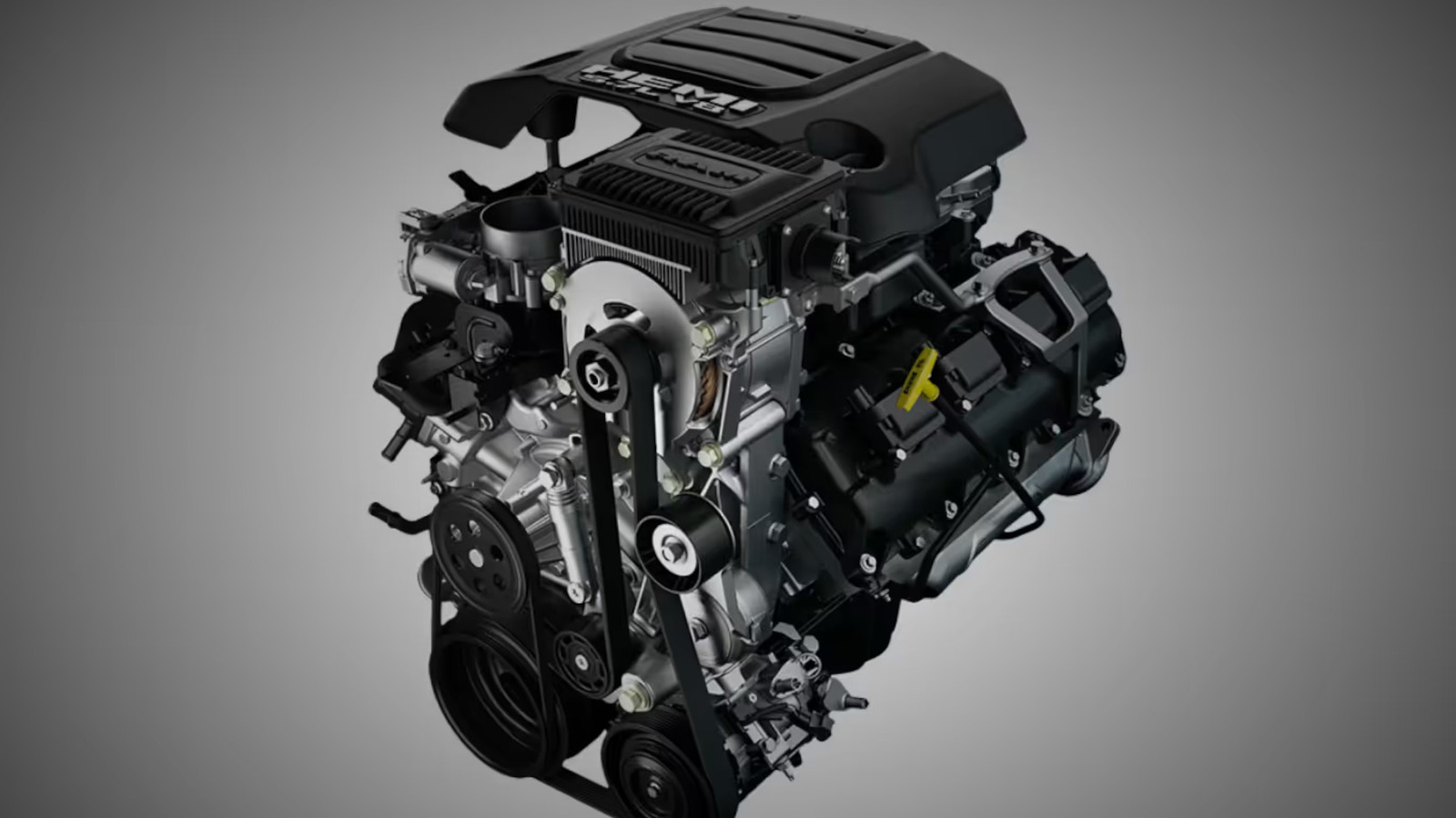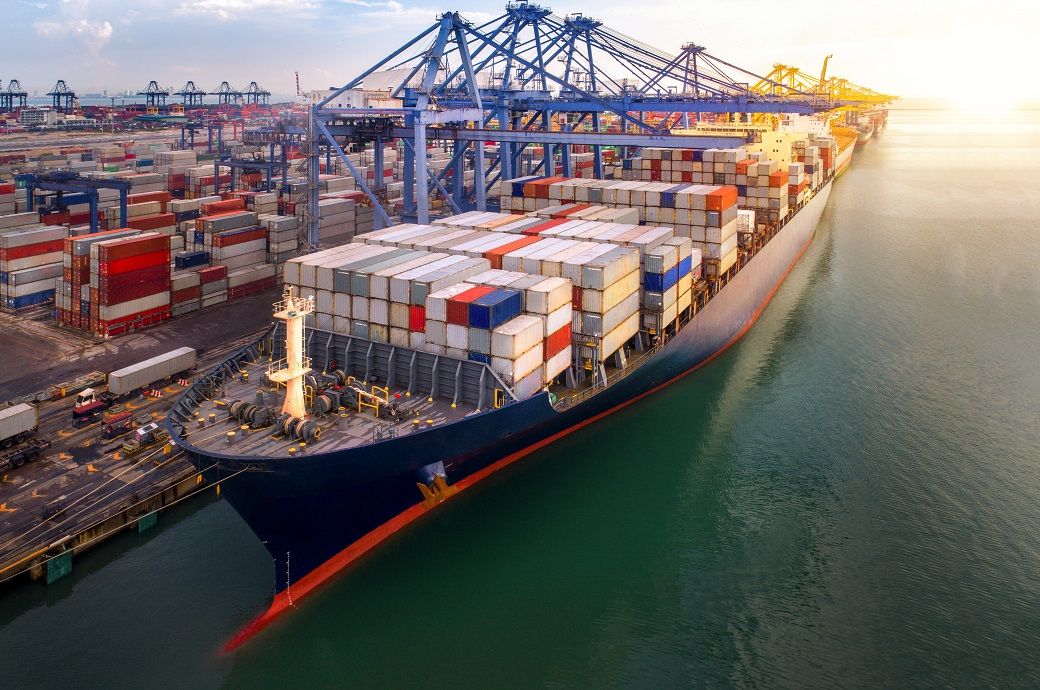Matrix Viscoelasticity Orchestrates Osteogenesis via Mechanotransduction Mediated Metabolic Switch in Macrophages
Advanced Healthcare Materials, EarlyView.

Fast-relaxation viscoelastic hydrogel triggers a metabolic shift in macrophages, favoring oxidative phosphorylation (OXPHOS) over glycolysis via vasodilator-stimulated phosphoprotein (VASP) / hypoxia-inducible factor 1 alpha (HIF1α) signaling meditated mechanotransdution, thereby enhancing their capacity to recruit mesenchymal stem cells (MSCs) and promote bone regeneration. These findings elucidate the intricate relationship between extracellular matrix (ECM) viscoelastic properties and macrophage energy metabolism, suggesting novel therapeutic avenues for bone regeneration, especially from the perspective of mechanomedicine.
Abstract
Understanding the interplay between extracellular matrix (ECM) mechanics and macrophage cellular processes is crucial for bone regeneration. While ECM stiffness has been extensively studied, the role of ECM viscoelasticity (e.g., stress relaxation) in the bone marrow niche and its effects on macrophage function remain unclear. Here, this study reveals how matrix viscoelasticity orchestrates osteogenesis by modulating macrophage metabolism through vasodilator-stimulated phosphoprotein (VASP) / hypoxia-inducible factor 1 alpha (HIF1α) signaling. In the rapid maxillary expansion (RME) model, significant stress relaxation occurs in regenerated bone marrow during the initial 17 days, coinciding with increased transforming growth factor-beta 1 (TGF-β1+) F4/80+ macrophages. Fast stress relaxation enhances macrophage recruitment of mesenchymal stem cells (MSCs) by upregulating TGF-β1. Using a hydrogel-macrophage system mimicking bone marrow viscoelasticity, cranial defect regeneration is significantly improved. Moreover, fast stress relaxation shifts macrophage metabolism from glycolysis to oxidative phosphorylation (OXPHOS) via VASP/HIF1α signaling, facilitating a reparative phenotype. These findings elucidate the relationship between ECM viscoelasticity and macrophage metabolism, suggesting new therapeutic avenues for bone regeneration through mechanomedicine.

































































































































































.jpg)








